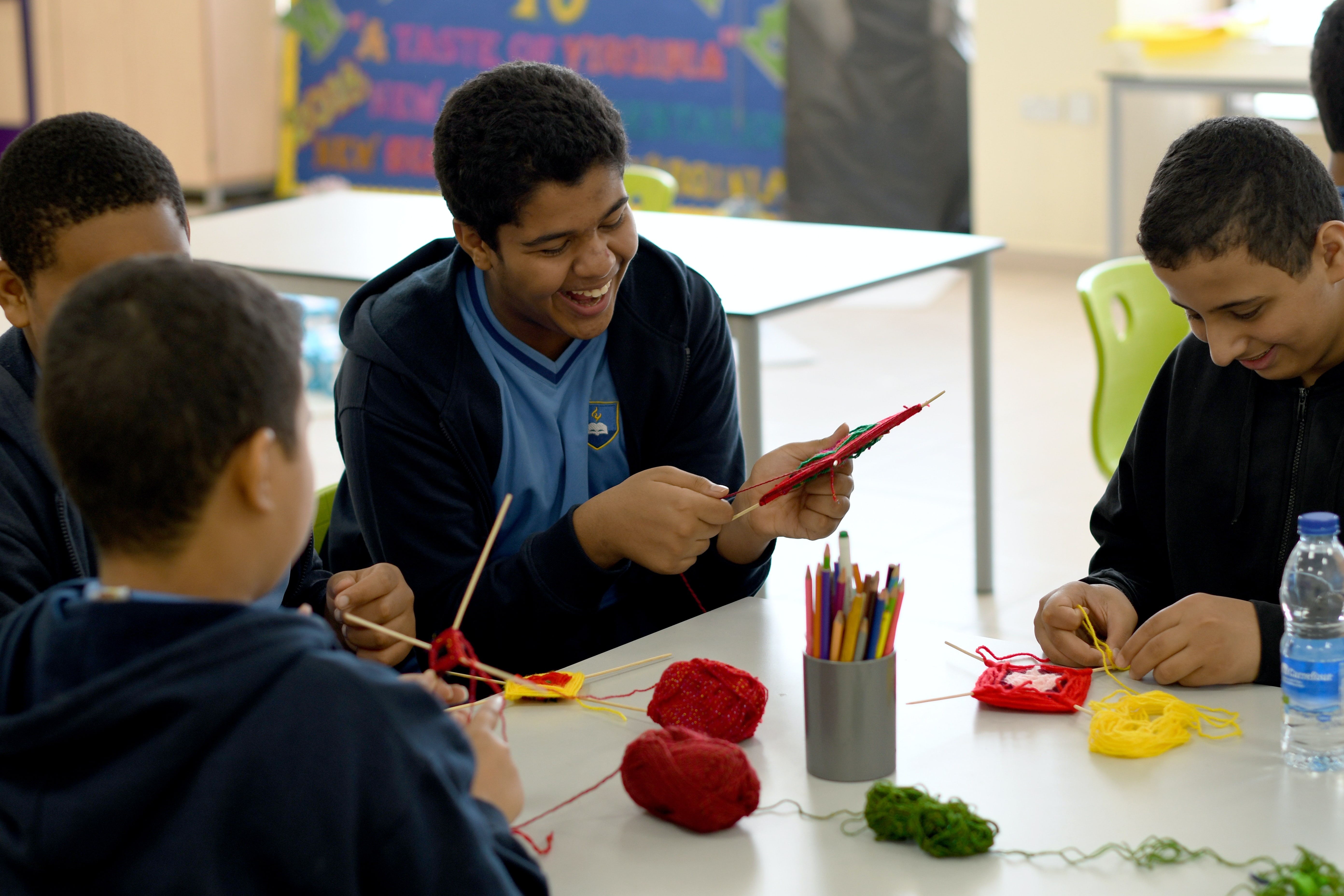Group learning, participant and non-participant observation

Share
Introduction
The well-known term "group therapy" is not a new term: it was born in 1932, by the psychologist Jacob Moreno.
The well-known term "group therapy" is not a new term: it was born in 1932, by the psychologist Jacob Moreno. In fact, he was the first to introduce the aspect of psychodrama into the dynamics between two or more people, and consequently the idea that a group could be improved in its essential components, also through socio-psychological therapies.
Moreno's micro-sociology
For Moreno, in fact (founder of the so-called micro-sociology), the group is the functional atom of social dynamics, which is binding in increasingly complex "molecules", to form the conformation of the entire society.
By studying the micro-dynamics of the group, and preventing (or solving) problems within it, therefore, one could "cure" (or prevent "diseases") of the entire society.
The group in the classroom
The micro-sociological one is one of the possible points of observation of associative phenomena, which requires active research (action method) and in the field: applied to the context of the class, it provides that the teacher - from the outside - observes the phenomena that arise inside within the working groups that are created in the classroom, trying to maintain a balance made of justice and equal opportunities for all.
If it is not possible to maintain this climate, and unresolved questions arise, then the teacher will have to try to do "group therapy", which is to let each of the members of the group speak and restore the empathy of the children towards each other. other, trying to make them identify with their companions in order to collaborate peacefully.
The observation of the data from which to start to study the health of the working groups can be carried out by the teacher both by keeping a distance from them, and by participating in their activities just like the other members.
Non-participating observation
Observing the community without revealing one's presence, in ethnography and netnography (ethnography on the web) is a practice technically defined as lurking ("non-participating observation").
There are scholars who believe that lurking does not constitute observation in the traditional sense and does not allow for
adequately understand the dynamics of functioning of a community, offering only a superficial understanding of the phenomena.
Other scholars believe instead that lurking should be the norm of sociological and anthropological research.
In fact, it offers a unique opportunity: that is, the possibility of studying the behavior of users in their natural development, without the risk of any distortions related to the presence of the researcher / teacher.
It is advisable to adopt this technique, therefore, when the members of the group would be inhibited from seeing the presence of an outsider within the group (as the teacher would be), thus concealing their true behavioral nature (which instead represents the subject of sociological study).
Especially when the teacher/anthropologist is faced with sensitive and reactive issues (for which the application of traditional research techniques, such as questionnaires, interviews, or participant observation, is not recommended), it is, therefore, preferable to use the non-participant observation method.
Participant observation
Even if the micro-sociological observation as a non-participant is an active research method, it does not as actively provide for the participation of the teacher within the group of students.
Which, on the other hand, is provided for in the "participant observation" method: it is a qualitative investigation technique used mostly in the ethno-anthropological sciences.
It provides that the scholar (in the classroom context, identified with the teacher) spends some time within the community object of his study, to formulate theories only later, after having tried "the point of view of the indigenous" (Bronislaw Malinowski, "Argonauts of the Western Pacific", 1992).
It is a technique that does not aim at quantitative observation (therefore based on numerical, objective data) like its opposite, but it is useful when you want to analyze the context of the group from the point of view of those who make it up (therefore the pupils), thus also exploring the emotional component of the learners.
Resources:
Develop Your Staff Through Team Building and Team Learning Opportunities
Literature Review Writing Service in UK